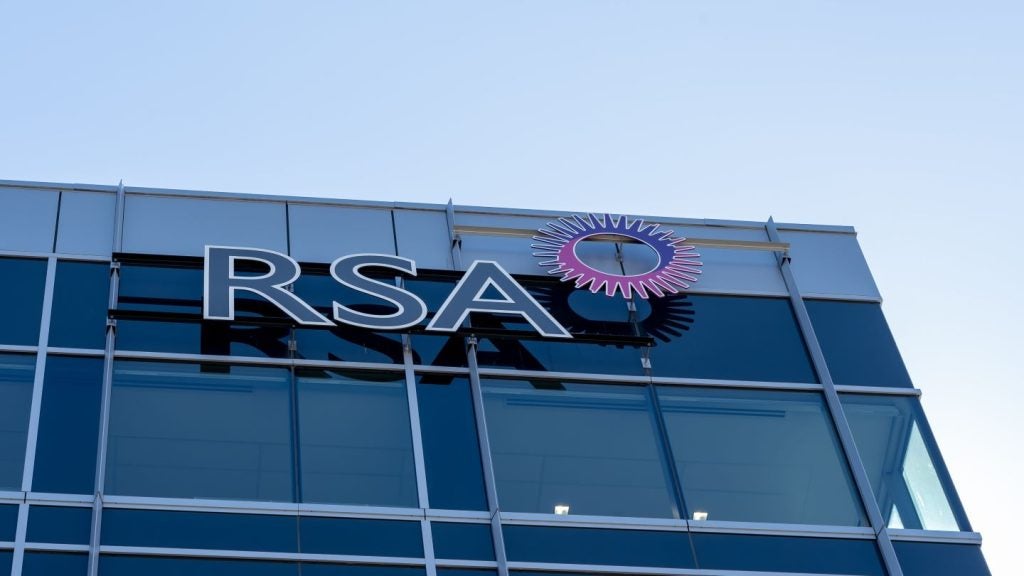The insurance sector is at risk of being further marginalised by investors as performance reporting becomes more complicated as a result of Solvency II, according to a report by Willis Towers Watson and Autonomous Research.
Based on an analysis of the reporting statements of 31 European insurers, the report said Solvency II has forced apart the sector’s accounting and solvency reporting, making it harder for investors to have a clear picture of how individual insurers are performing.
How well do you really know your competitors?
Access the most comprehensive Company Profiles on the market, powered by GlobalData. Save hours of research. Gain competitive edge.

Thank you!
Your download email will arrive shortly
Not ready to buy yet? Download a free sample
We are confident about the unique quality of our Company Profiles. However, we want you to make the most beneficial decision for your business, so we offer a free sample that you can download by submitting the below form
By GlobalDataResearch found that Solvency II falls significantly short as a profit performance and cash generation metric that can replace embedded value (EV).
The urgency of this issue is further underlined by the rapidly shrinking publication of useful EV data in Europe and the fact that the reformation of IFRS (new proposals expected to be published in May) is unlikely to help for many years.
In order to address the current lack of transparency, the report’s conclusions stress the need for the insurance industry to aid investors by disclosing Solvency II free surplus and sensitivities, and an explanation of whether Solvency II or IFRS is the biting constraint when it comes to cash remittances and dividend paying capacity.
Kamran Foroughi, director at Willis Towers Watson, said: “Solvency II is obscuring the transition from IFRS earnings, to cash and on to dividends. This risks driving up the sector’s cost of equity, particularly if markets dislocate and concerns emerge about the capital security. In 2008/09, lack of transparency on cash and capital contributed to the sector’s implied cost of equity hitting 20%.”
Foroughi added: “Unfortunately for the insurance industry, the Solvency II and IFRS projects are heading in different directions for the foreseeable future and on their own will not meet investor requirements. In response, we have developed standardised templates for the insurance industry which should help address this gap.”
For all the latest insight, news and data on the global life and health insurance and reinsurance markets, visit www.lifeinsuranceinternational.com








